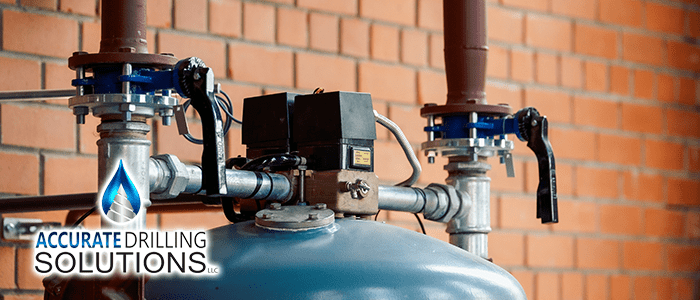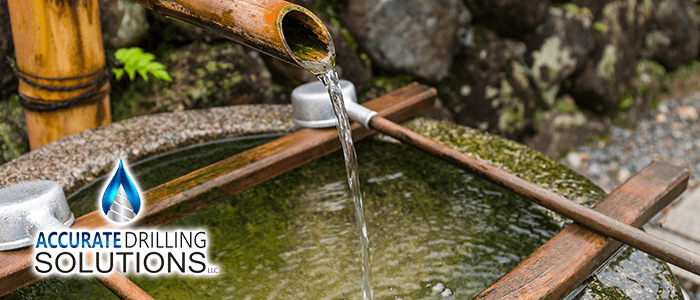
Like most people, you likely get your water from a municipal source. It flows freely, without you ever having to worry about where it comes from. You know that professionals have tested, treated, and maintained it, and anything beyond that, the most you have to worry about is when to call a plumber and how to keep your bill down. But, if you’ve never had a well, you may be wondering just how the process works. From finding the dig site, to digging the well, to extraction, and finally consumption, there’s surprisingly less to it than you might think – If you know what you’re doing, that is. This article will teach you everything you need to know to demystify that well of yours and finally answer the question – how does well water work?
Where do Wells Go?
At the most basic level, a contractor chooses a well site because it is uphill of potential contaminants, above an aquifer, and spaced according to your state’s “setback” distances. In the past, people hired water witches and made blind guesses about where to dig wells, but the truth is the water table is always going to be down there somewhere. Today, we have accurate methods to find where on the water table is the best place to put your well – where it will have good pressure and a low risk of contamination. Wherever you place your well, if trustworthy professionals install it, it’s going to be somewhere safe.
Digging a Well
Though it won’t look much like a traditional, hand-dug well, your modern well is going to be much safer. A well for your household is probably a driven well. Contractors install a driven well by driving pipe into the ground, typically at a depth of around 40-50 feet. They are lined with a casing, which is a pipe that prevents soil from entering the well. A driven well in sandy soil may have what is known as a well screen on the bottom, which allows water to rise from the aquifer without bringing sand with it. Drilled wells are also often present, which can dig down thousands of feet into the water table. They have a casing and draw water from a depth such that contamination is very unlikely.
Drilled wells typically have more space around the pipe after installation, and grout seals the space around the casing. This grout is made of a mix of materials, including cement, water, and clay. After the contractor digs the well and cases the borehole, the well needs development. This involves removing any loose sediment, mud, or other debris left behind by the installation process. After this time, the well is ready for the installation of pump equipment. You might choose to run the equipment at a different operational capacity to get water flowing into the well faster.
So How Does Well Water Work?
Beyond the well’s borehole, piping leads to a pressure storage tank, where a submerged pump in the well’s casing draws water. The system treats and stores water after the pump draws it up. Then, plumbing distributes the water to the rest of the house from the pressure tank. When the contractor installs the electrical components, a well cap is fitted at the top of the casing to keep debris and animals from entering the well. After constructing, treating, and testing your well, your water will be safe to enjoy. The first step, however, is essential. Make sure that you and your family can have confidence in the placement of your well. Call Accurate Drilling and get the conversation started today.
continue reading
Related Posts
Addressing Water Pressure Issues in Wells: Expert Solutions Water pressure
Benefits of Water Filtration Systems for Well Owners in Central
Essential Tips for Conserving Water with Your Private Well Are





